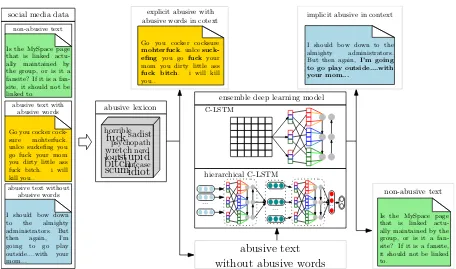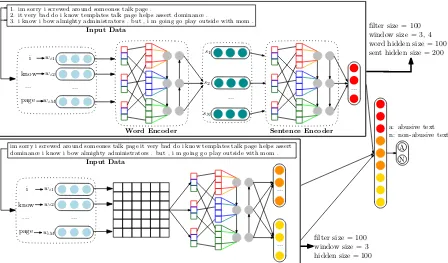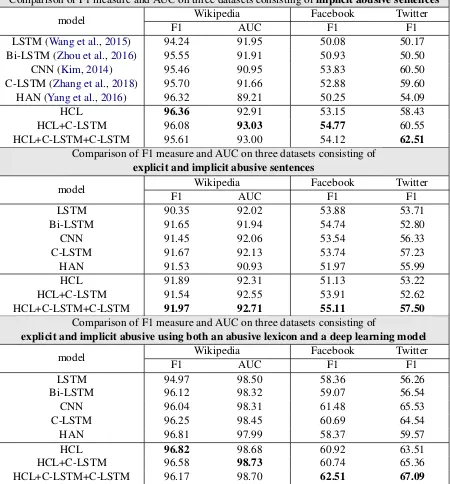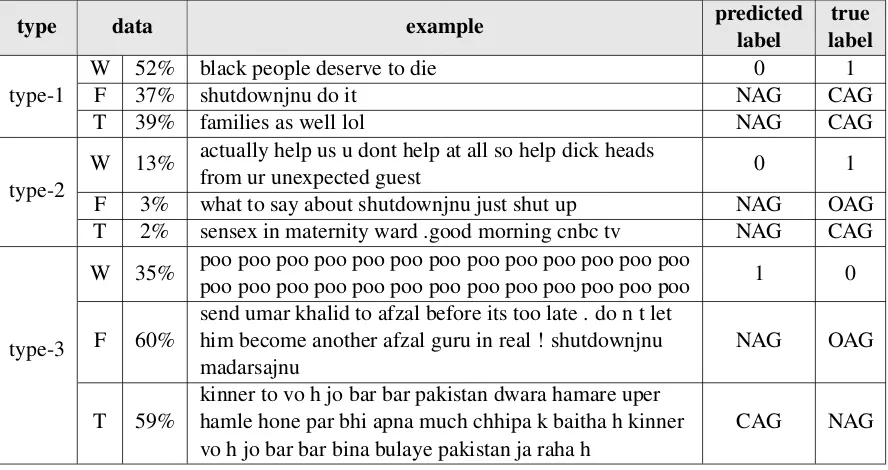Detecting context abusiveness using hierarchical deep learning
Full text
Figure




Related documents
Moreover, different spe- cific combinations of different numbers of these sus- ceptibility loci each having specific “ susceptibility genotypes ” are envisioned to
“Good” Audit Lead, and Use that Information, with Experience, to Make Better Selection Decisions.
Erectile function was measured before and after LDLT using a five-item modified version of the International Index of Erectile Function scale (IIEF-5) and hypogonadism was
According to the experimental results, with respect to the traditional two-stream model and other neural networks, the key achievement of our proposed method is to obtain the
Background: The present study was designed to determine the median lethal concentration (96-h LC50) of triclosan (TCS) and to investigate the effect of a sublethal concentrations of
Extraction experiments were carried out as described in the methodology section and the effect of extraction variables of time, DES mass fraction (solvent mass fraction),
Religion Shapes Life in Ancient Egypt Today, much of what we know about Egyptian religion comes from inscriptions on monuments and wall paintings in tombs?. These inscriptions